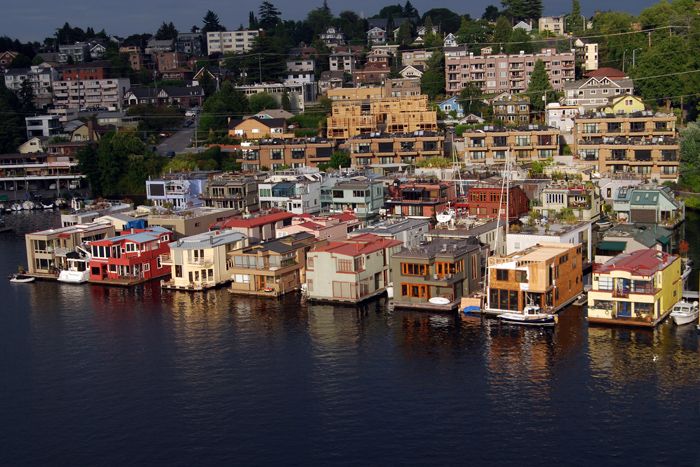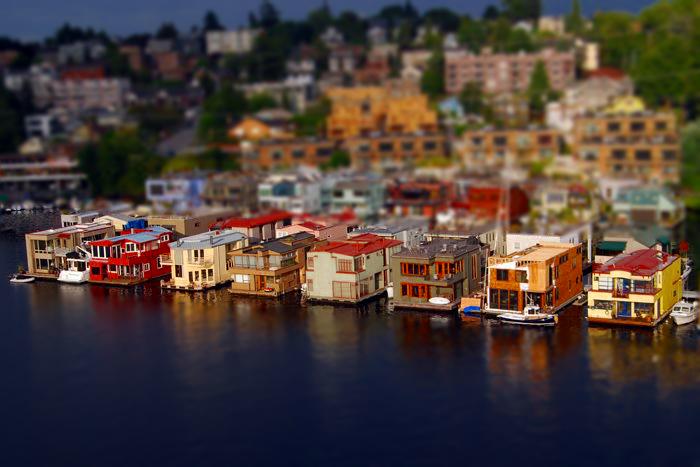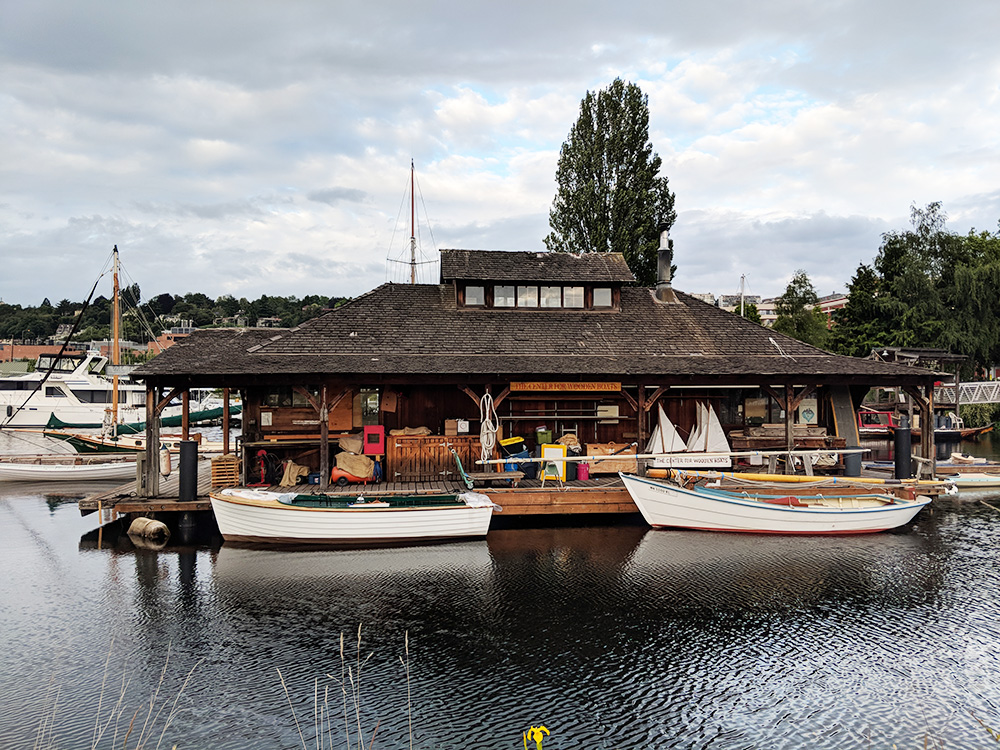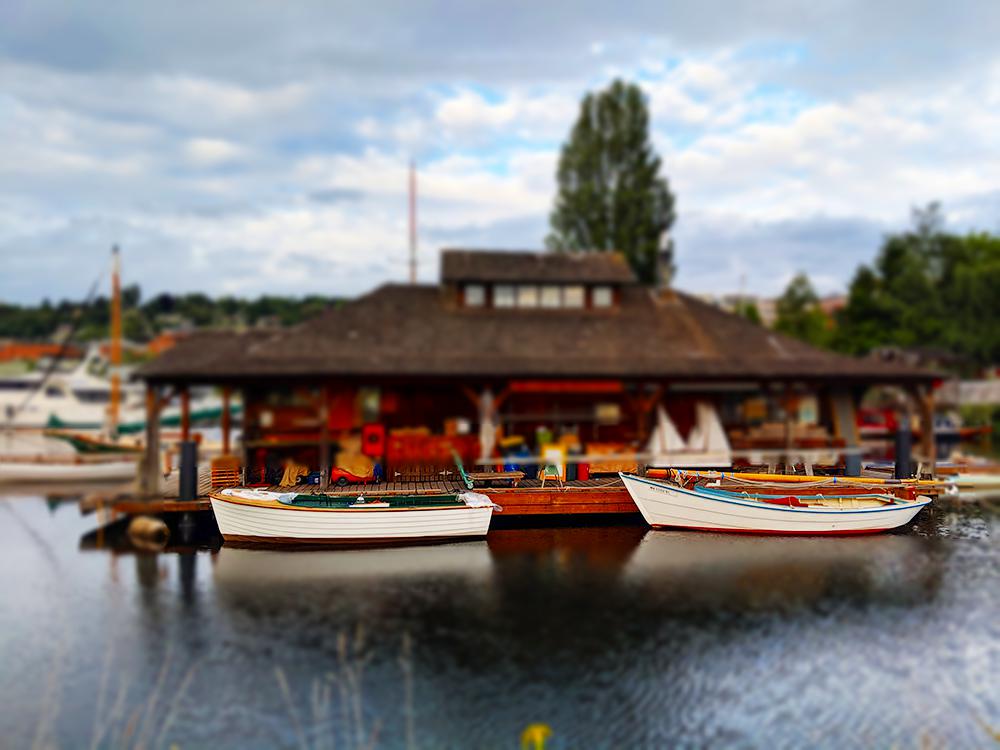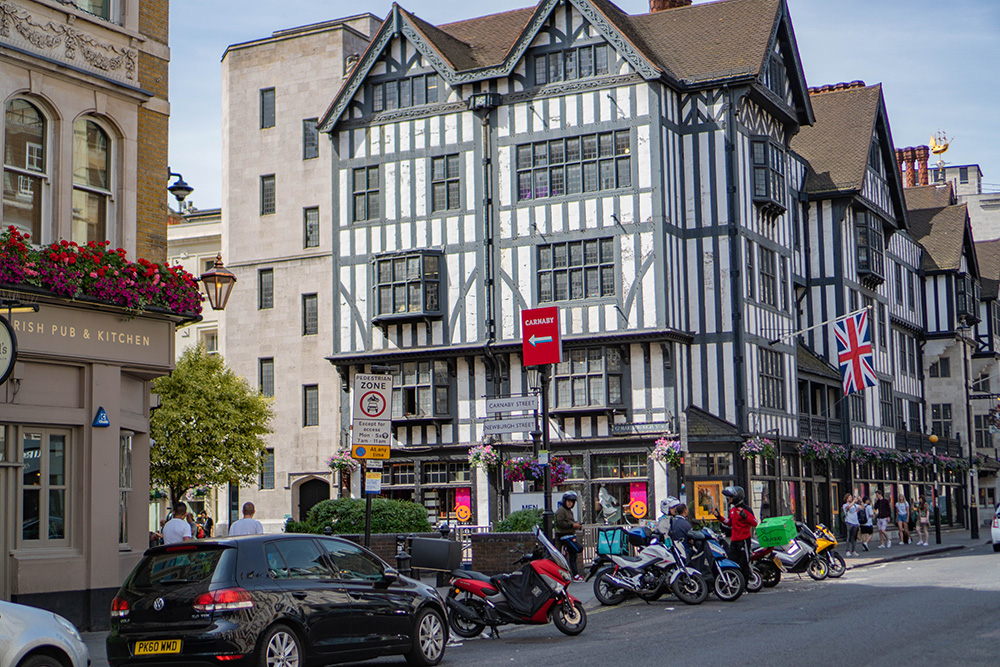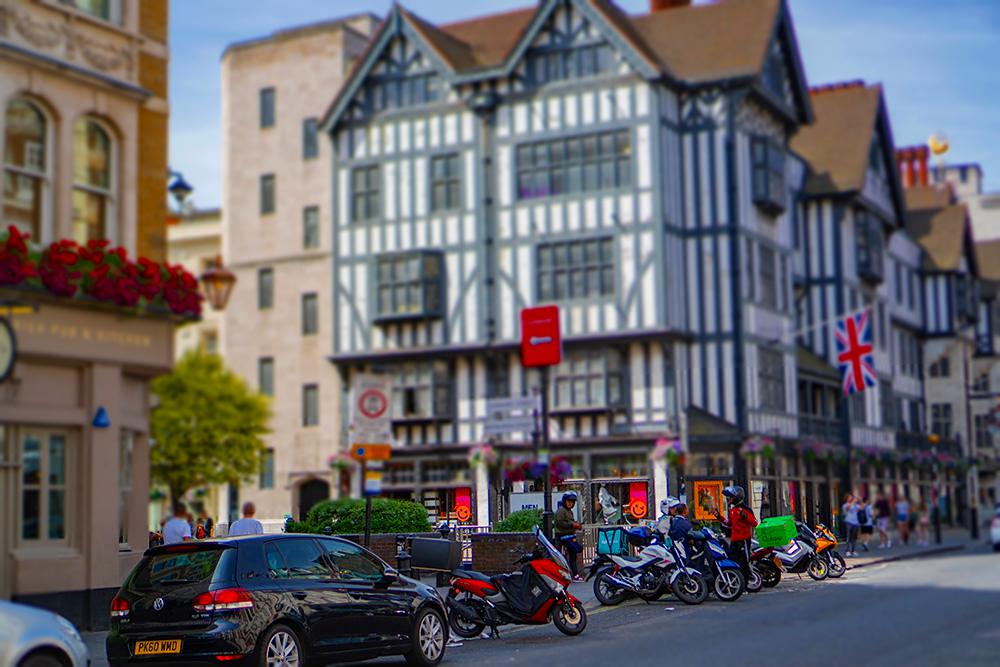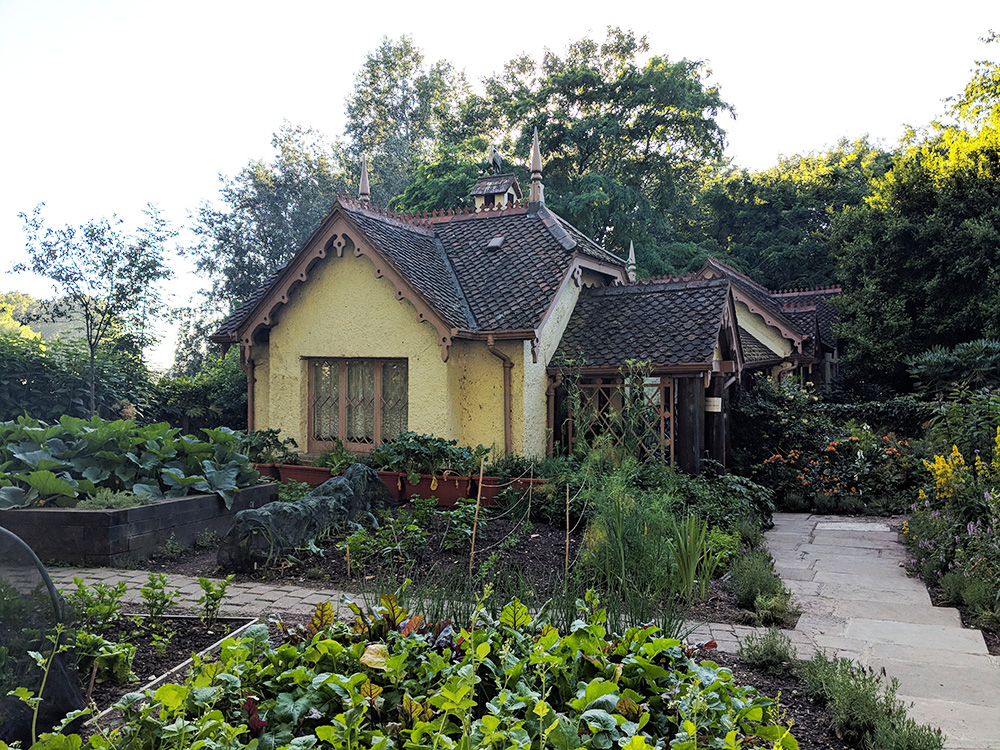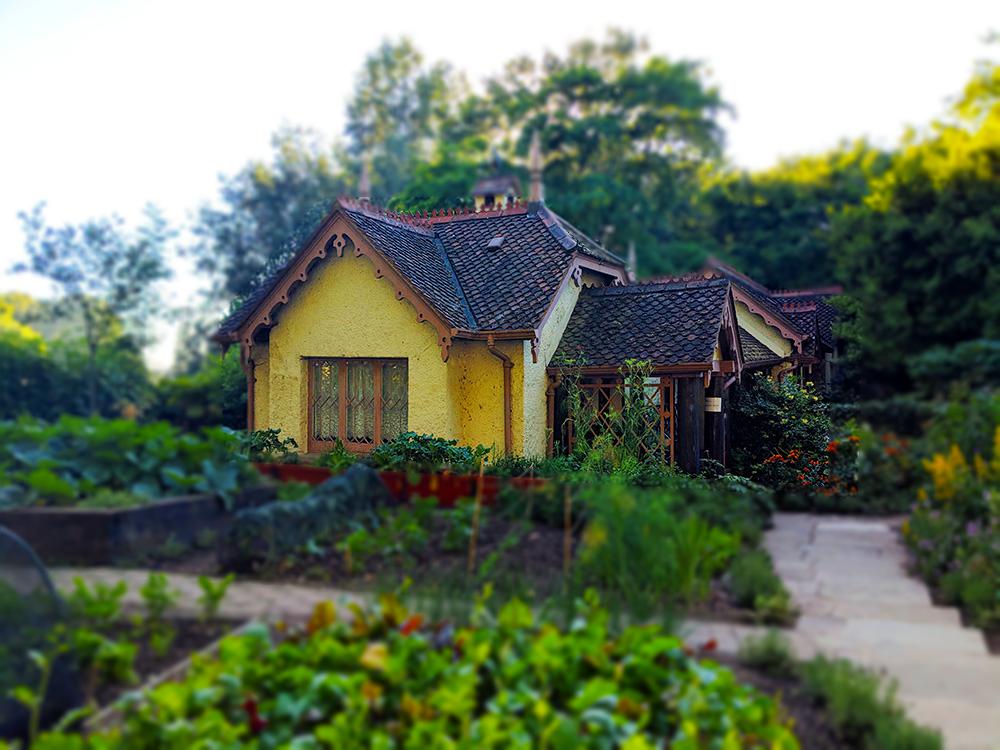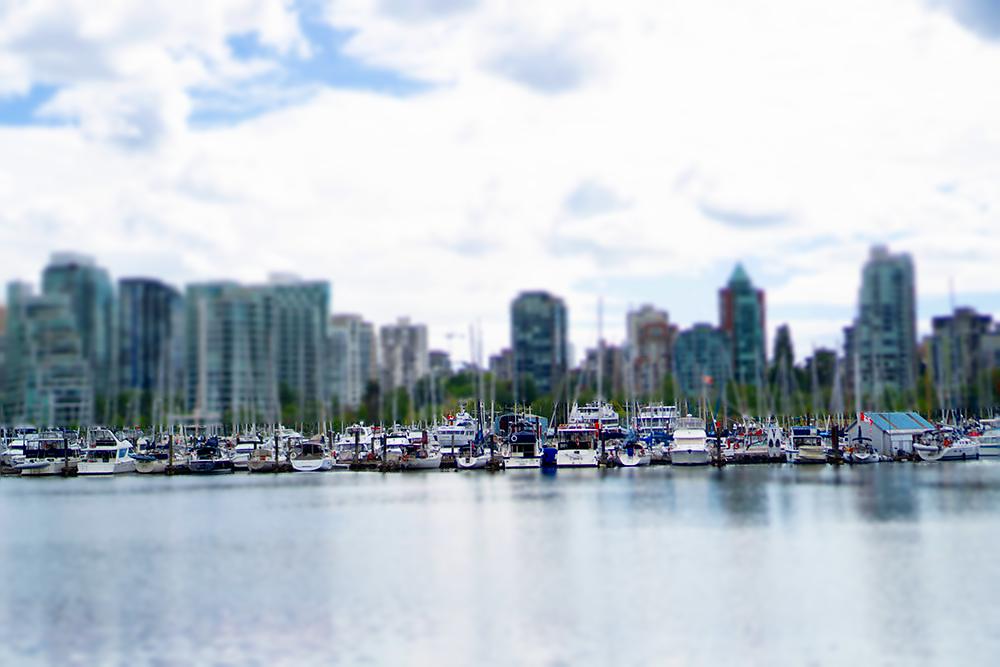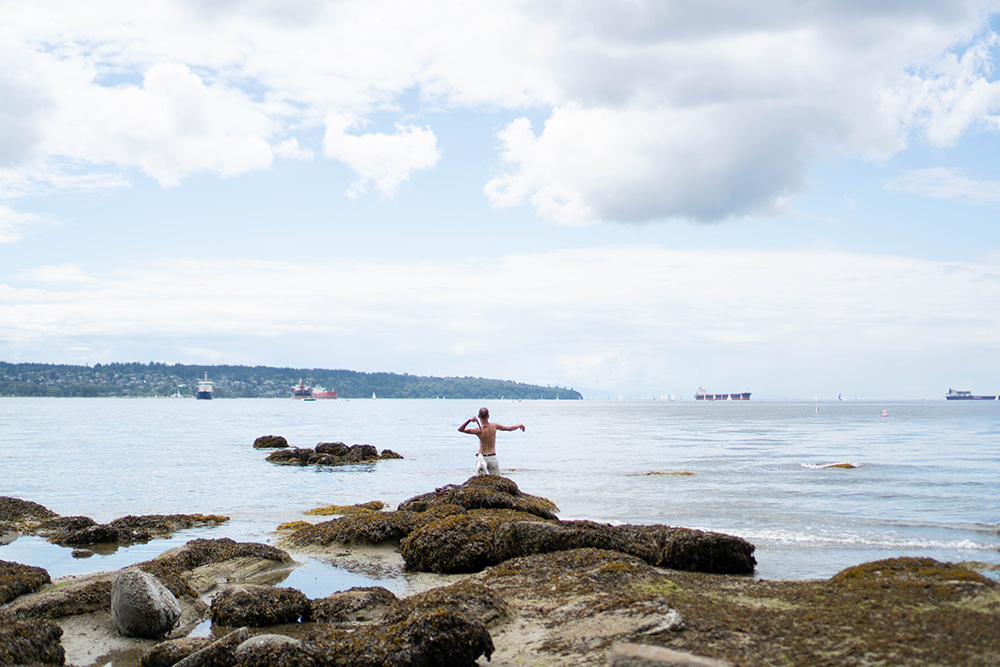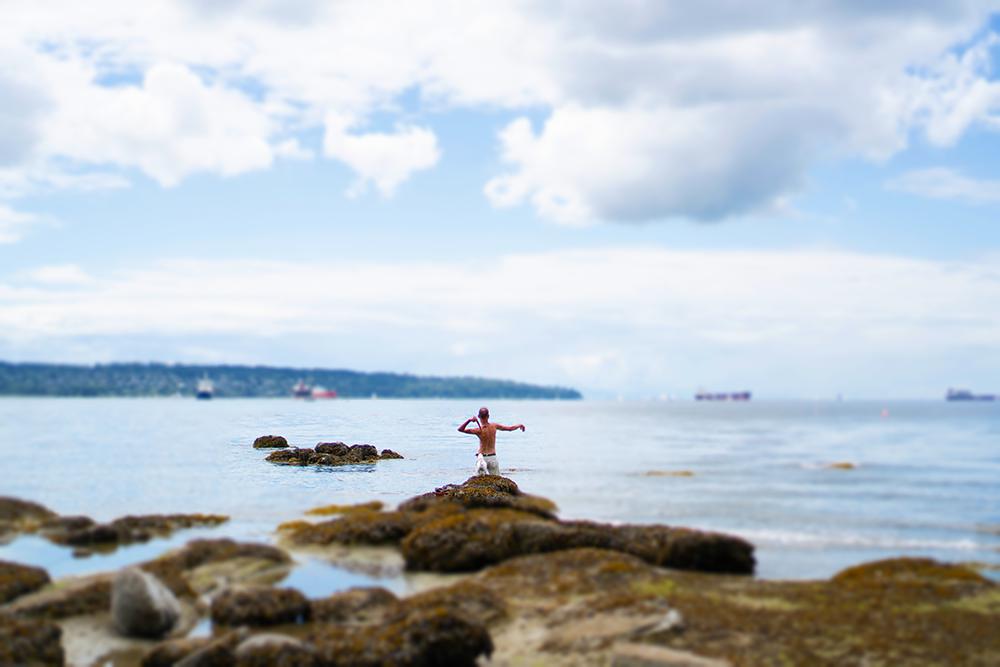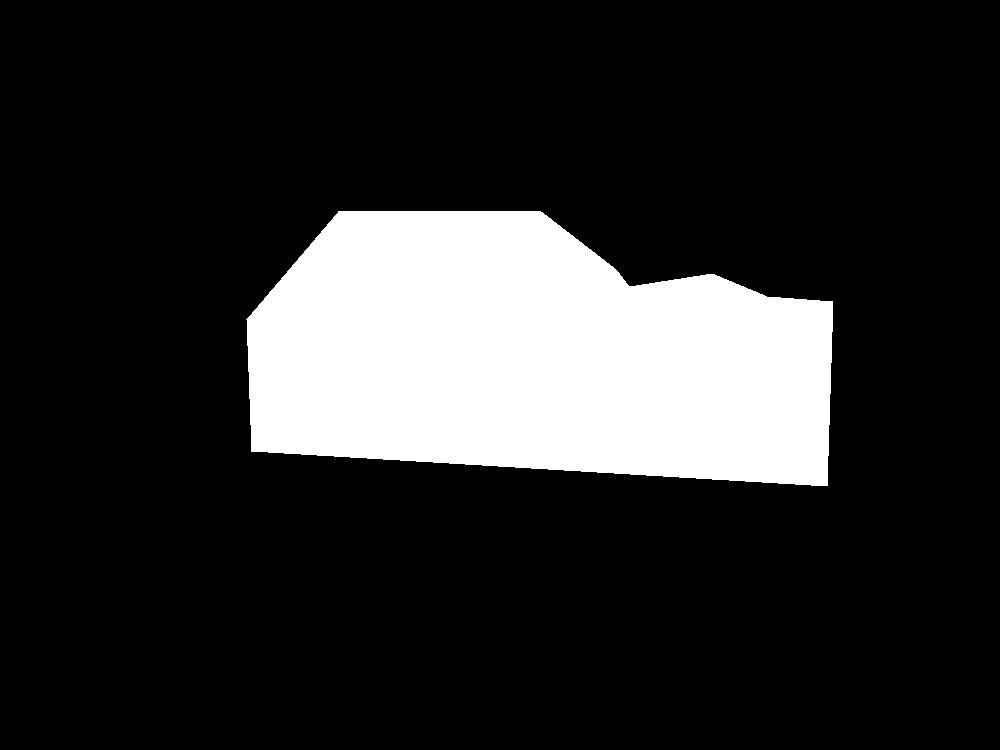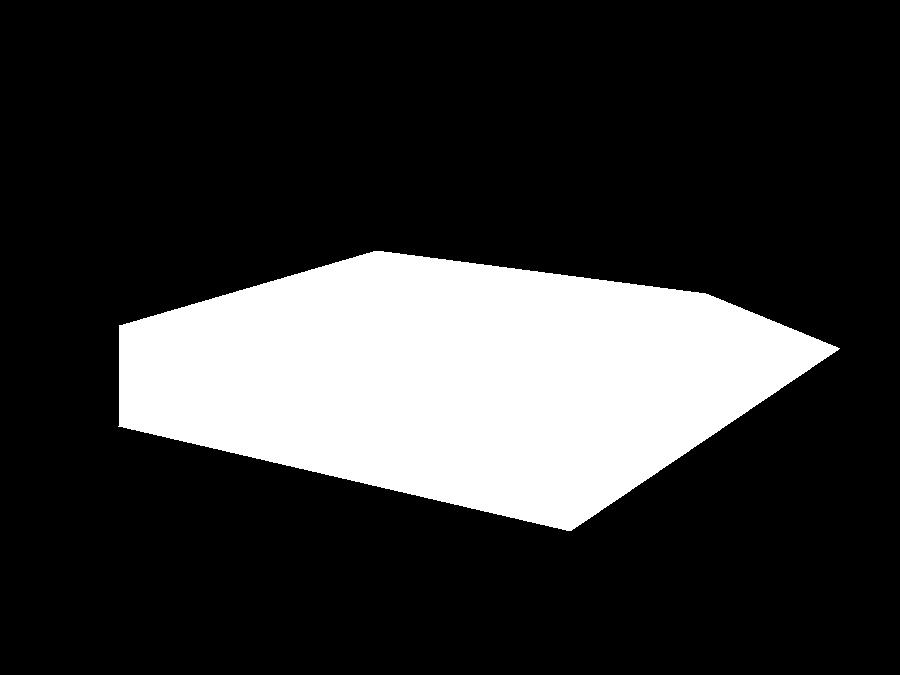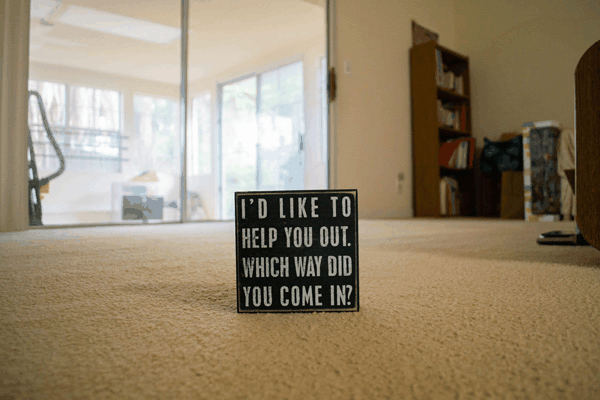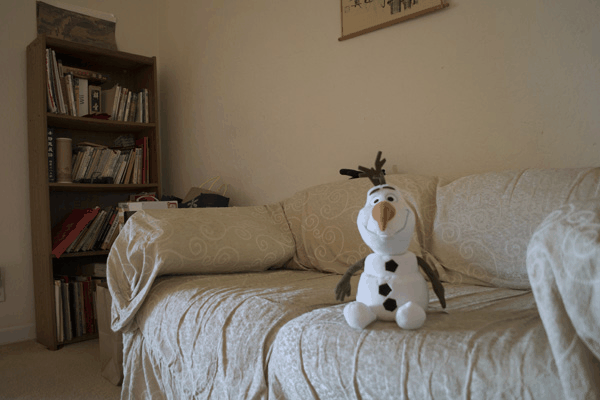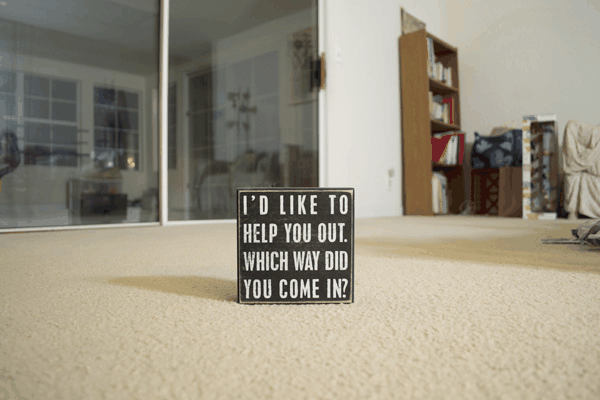The goal of this project is to create fake tilt shift photos. The method is simple. First, choose the object you want in focus (this would be the depth of field). Then, blur the rest of the image. Finally, increase the saturation to make the minituare illusion pop!
Method:
- Select the vertices of the polygon that encompasses the desired object(s) of focus. I use ginput to create such a polygon. This serves as our mask which is used to select pixels from the original image and the blurred image.
- Use a gaussian filter to blur the area of the image outside of the polygon, then use the mask to copy the appropriate pixels.
- We want to increasingly blur the image around the polygon to simulate the depth of field effect. To do so, repeatedly apply the gaussian filter while scaling the polygon mask. This results in points farther away from the depth of field area to be increasingly blurred.
- Finally, convert the image from RGB to HSV and increase the saturation by a desired factor (I usually used a value in [1.5-2]).
Some Results on Internet Images:
